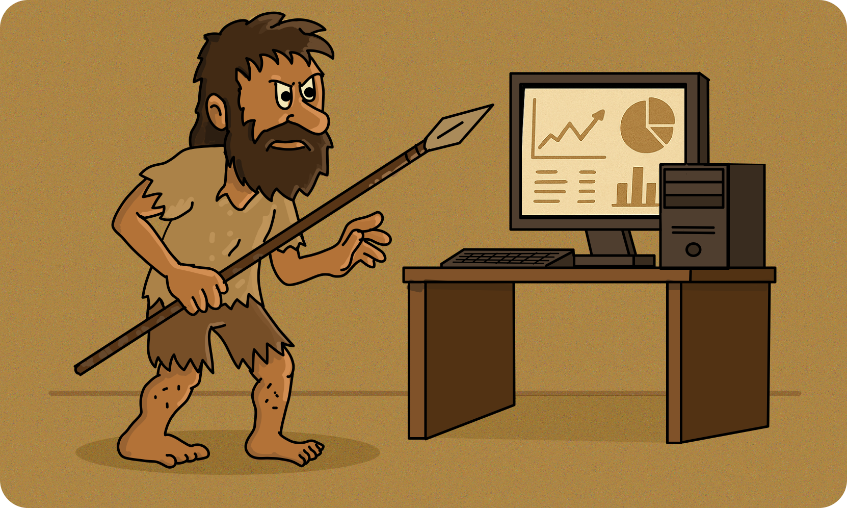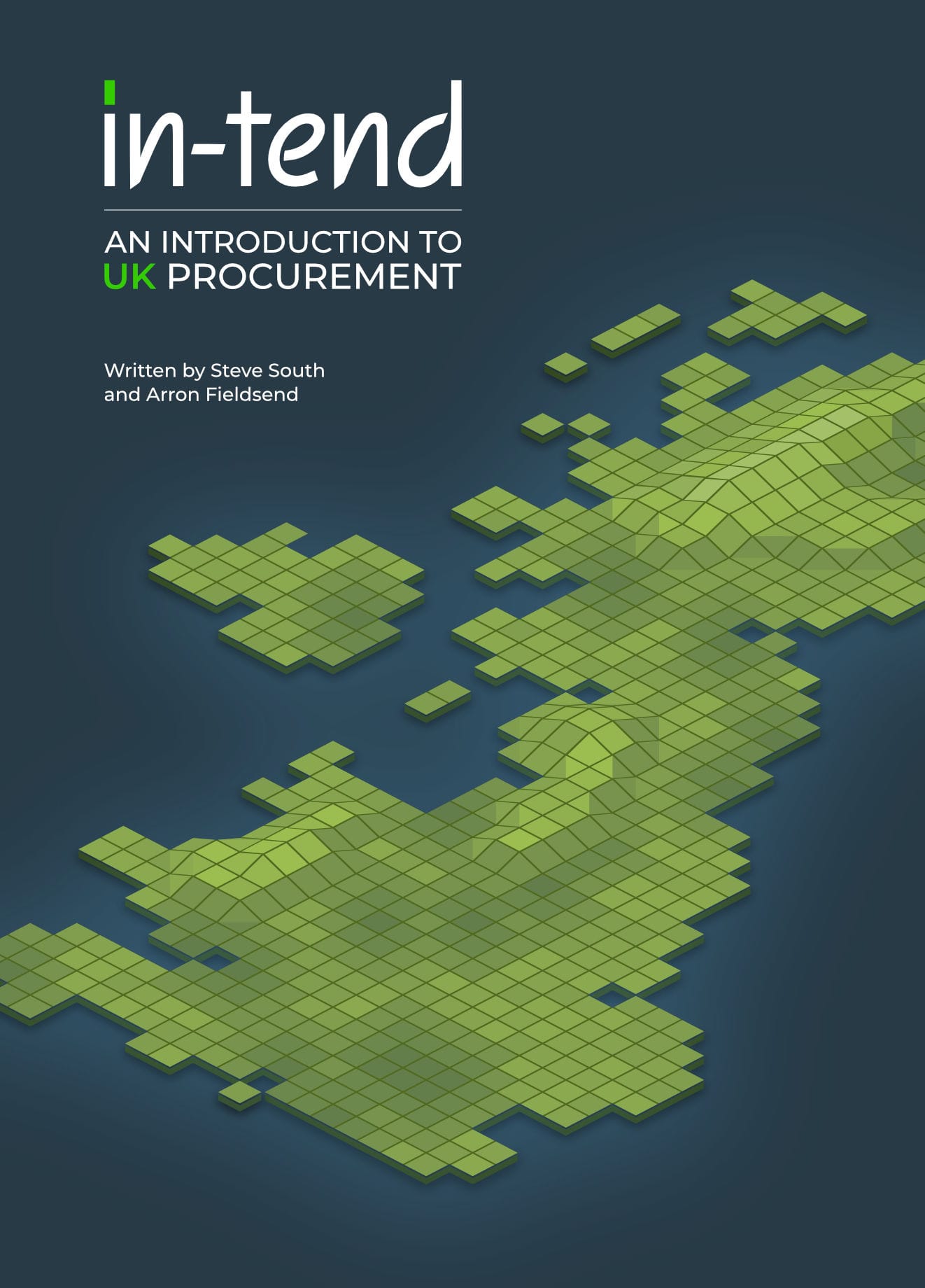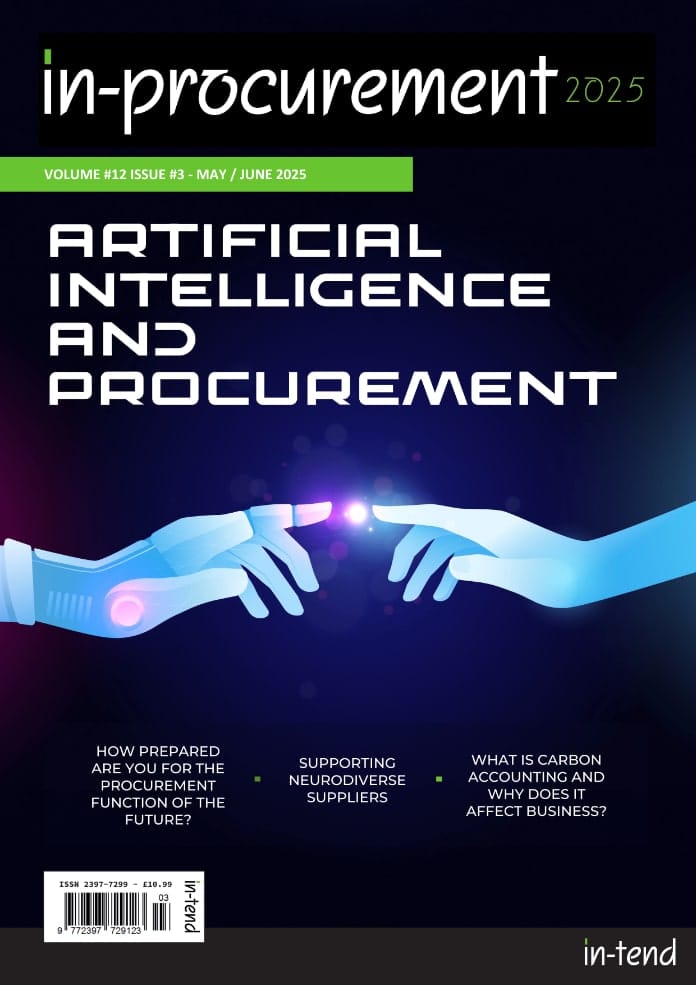Chapter 10
Technology and Innovation
in Procurement
The Impact of Digital Transformation in Procurement
Digital transformation has brought about significant changes to procurement over the last 20 years. While the main goals of the function of achieving value, transparency and effective delivery remain the same, the tools and processes used to achieve this have evolved. The internet and digital systems have moved procurement from a mostly paper-based, manual process to one that is becoming increasingly automated, integrated and more recently in the last decade, data-centric. The result has meant greater efficiency, but also a more strategic role for procurement managers and their teams.
The most obvious changes have been the widespread adoption of e-procurement platforms. These systems allow organisations to manage the full procurement process online. This takes care of publishing opportunities and receiving bids, through to evaluating submissions and awarding contracts. This creates a clearer audit trail, easier retention of records, data, and improves compliance with internal governance and regulatory obligations. For suppliers; it means easier access to opportunities and a more consistent experience across different contracting authorities (although this hasn't yet been perfected). It also helps level the playing field, particularly for SMEs who may have previously struggled with the more opaque paper-based methods of procurement.
The move to digital has also improved transparency. Public sector organisations are now expected to publish opportunities and contract awards on centralised platforms. These tools make it easier for the market to understand what is being procured, when, and by whom. They also provide valuable data for policy-makers, researchers and commercial analysts looking to assess trends, identify gaps or track supplier performance. This goal has been furthered significantly by the Public Procurement Act, which requires an unprecedented amount of information from purchasing organisations.
Internally, procurement teams have also seen changes. With different and disparate systems linking in with enterprise resource planning, or ERP, software that connects procurement with finance, HR, and even such as asset management. This means the view of organisational activity is a little more joined up and enables forecasting, planning and reporting. It also allows procurement to move away from reactive, transactional work and instead focus more on strategic support, early engagement, creating and adding value.
Digital tools have helped streamline the more routine processes such as for purchase requisitions, invoice matching, and contract reminders. This frees up staff time for more complex work, like market engagement or risk planning, and it also reduces the likelihood of error, especially where tasks are in high-volume, where manual processing can lead to mistakes or delays.
The shift to digital also means there have been changes in skills and working culture for staff within the procurement function. Professionals are increasingly expected to understand data structures, analytics tools and systems integration. This can be a steep learning curve, particularly for teams that have traditionally relied on experience and judgement rather than digital systems. Investing in training, building multi-disciplinary teams and working in closely with IT colleagues as well as with the chosen digital platform provider can help smooth the transition.
Digital transformation has given procurement more visibility. With an increased in data comes increased scrutiny. Stakeholders and the public can now access more information about how procurement decisions are made, how contracts are awarded, and what outcomes are achieved. Despite its benefits, this transparency places additional pressure on teams to demonstrate good governance, consistency, and impact. Decisions need to be justified not just in internal files, but often in the public domain, which is where digital systems shine.
Digital transformation can have both positive and negative impacts on human interaction and knowledge transfer within procurement and the supplier base.
On one hand, it can facilitate communication and collaboration through e-procurement systems, messaging, and collaborative platforms, allowing for quicker sharing of information across geographically dispersed teams. This can enhance knowledge transfer by making it easier for individuals to connect and share insights in real time.
On the other hand, an over-reliance on digital tools can lead to reduced face-to-face interactions, which are often crucial for building relationships and trust. This might create barriers to effective knowledge transfer, as some nuances of communication, such as body language and emotional cues can be lost in digital communication. This cuts out effective negotiation which is still needed in procurement. Additionally, the constant stream of digital information can lead to information overload, which may slow down the absorption of knowledge.
Digital transformation can enhance some aspects of human interaction and knowledge transfer, it may also pose challenges that need to be addressed to ensure effective communication and learning within the Public Sector. Balancing digital tools with personal interaction is often key to overcoming these challenges. However, my findings are that the art of communication between buyer and supplier is fading as Digital transformation takes over.
History tends to predict the future as in organisations adopt new technologies, job roles may shift. Some positions might become obsolete, while new roles requiring different skill sets emerge. This can lead to job losses for those who are unable to transition to new roles.
The Luddites were a group of English workers in the early 19th century who protested against the industrial revolution's impact on their livelihoods. Their primary concerns were not unlike today's issues; job loss, Poor working conditions, loss of skills, economic inequality, cultural change. The Luddites had valid concerns regarding their fears, as many of the issues they anticipated did manifest during the Industrial Revolution.
We would look at this situation a little differently today. However, still with the same problems as always with change if not managed correctly. More tasks will be automated, we will have a restructuring of roles, we will have disruption as systems change and we will hopefully see increased efficiency
Trends in Procurement Technology (AI, Blockchain, etc.)
In recent years, new tools and technologies have begun to reshape how procurement is delivered, analysed and managed. Many of these developments are still emerging, but areas such as automation, transparency, contract management and supply chain resilience are investigating ways to implement them…
What's inside?
Explore practical guidance and real examples shaped by years of procurement expertise. This sample chapter captures the book's engaging tone, complemented by illustrations from our In-procurement magazine artist.


